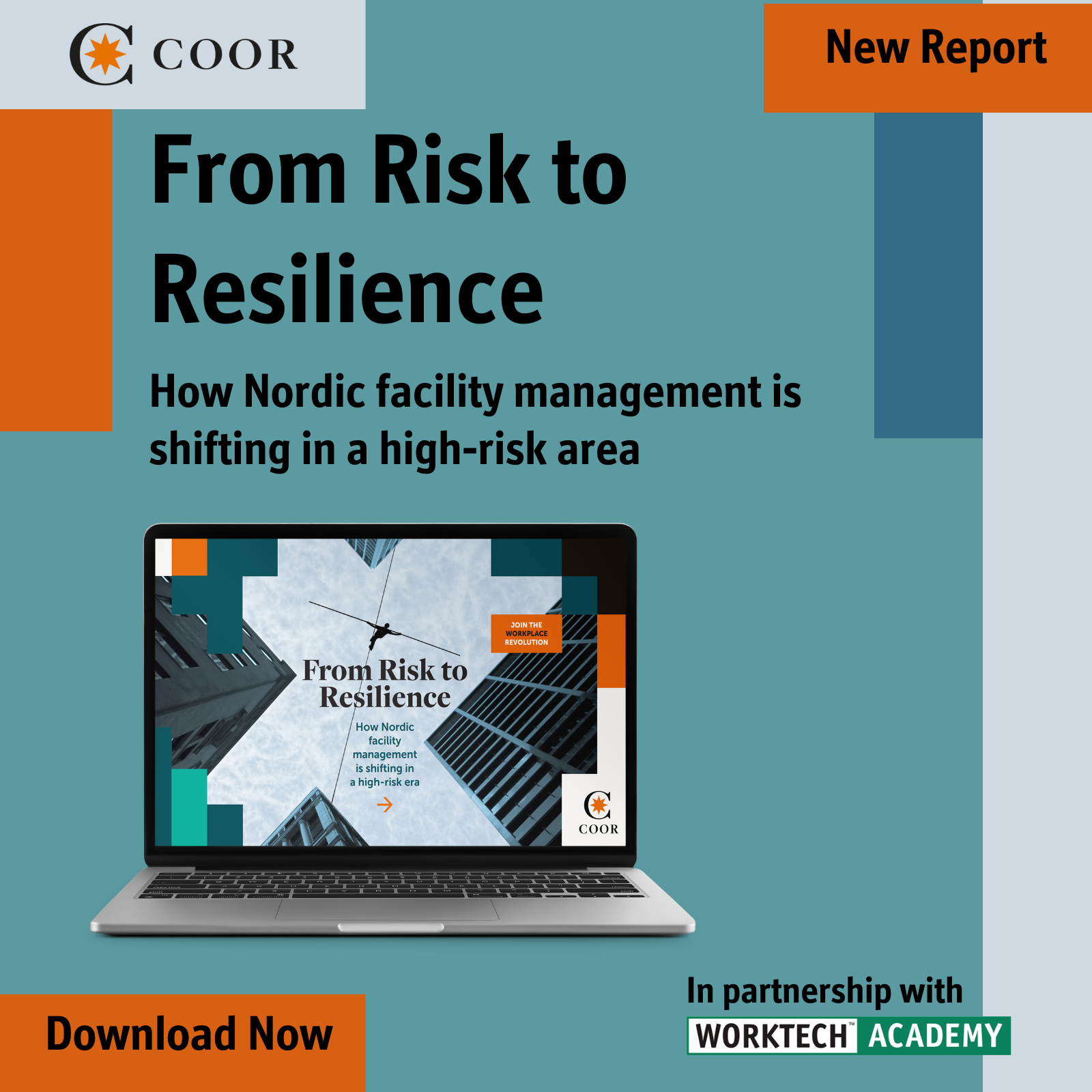Signal File: what this week’s headlines reveal about AI integration
From coding interviews to construction sites, AI is redefining hiring, reshaping real estate priorities, and testing public trust in technology
Staying ahead in the evolving world of work means tuning into the signals shaping where and how business happens. From Meta’s AI-enabled coding interviews to data centre construction overtaking office builds, AI is embedding itself into the workplace’s foundations. In warehouses, it’s refining how humans and machines share tasks, while public scepticism keeps the pressure on for transparency and trust. Together, these shifts point towards a workplace where AI is not a separate layer, but an active participant in hiring, infrastructure, and day-to-day operations.
Meta allows AI use in coding interviews
Meta is redesigning its coding interviews to let candidates use AI tools, reflecting the reality of modern software development. The company says this approach better mirrors how employees will work and reduces the effectiveness of LLM-based cheating, as the test format accounts for AI’s presence rather than banning it.
In action: Rethink recruitment to match the tools and workflows candidates will use on the job. Hiring in an AI-driven environment means prioritising candidates who can effectively partner with AI tools, not compete against them.
Construction spending shifts from offices to AI
Since ChatGPT’s launch, US data centre construction investment has more than doubled while office development has remained static. The AI boom is shifting investment from human-centred workspaces to facilities for machine computation, storage, and cooling.
In action: As spending pivots to AI infrastructure, offices will need to focus on quality, adaptability, and clear purpose to justify their footprint.
AI optimises human-machine collaboration
Research from MIT’s Digital Supply Chain Transformation Lab positions modern warehouses as testing grounds for advanced human–robot collaboration. AI systems are being used to optimise task allocation, improve safety, and adapt workflows in real time, helping robots and people work in greater harmony.
In action: Explore AI as a mediator between human skill and machine capability. Well-designed systems can enhance productivity while reducing strain, paving the way for safer, more responsive workplaces.
Public scepticism challenges AI adoption
An AP–NORC poll finds that while AI tools are rapidly entering workplaces, most Americans remain wary of their benefits. Respondents cited concerns over job loss, misinformation, and privacy, with only a minority believing AI will improve their daily lives.
In action: Bridge the trust gap through transparency, training, and visible safeguards. Demonstrating tangible benefits and responsible governance can make AI adoption feel less like disruption and more like progress.








